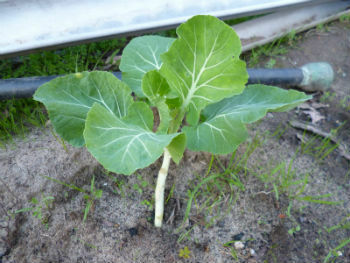The Red Tide phenomenon is caused by the ecological imbalance resulting from the excessive population proliferation of certain toxic algae, especially the dinoflagellates Gonyaulax catenella.
However, the occurrence of this event does not match its name, as the color of the water on the sea surface can vary, and to dissociate such natural event to pigmentation, commonly reddish, but also with a brown hue, this can be called, with more consistency, by only "flowering of harmful algae”.
The causes related to this event are the following: change in salinity, thermal oscillation of water and excess of mineral salts resulting from sewage flow domestic in the estuary regions, changing the abiotic conditions of the pelagic zone (from 0 to 200 meters deep), consequently affecting the behavior of the species planktonic.
The accelerated reproduction and agglomeration of dinoflagellate algae, with proportional depletion (death) of them, trigger a catastrophic effect on aquatic fauna local, releasing toxic substances in high concentration, capable of poisoning the water and living organisms, for example, the large-scale death of fish and molluscs. In general, filtering organisms are the hardest hit.
Do not stop now... There's more after the advertising ;)
Another evident aspect is the blocking effected by the algae layer, preventing the incidence and passage of luminosity, attenuating the photosynthetic process with decreased water oxygenation levels.
In humans, it can cause damage to health (diarrhea, respiratory and circulatory problems), if contaminated by toxins ingested through of nutritional habit, with accumulation of harmful substances in tissues of marine animals (oysters, shrimp and fish) that serve as food for the men. In addition to economic losses, related to fishing productivity.
By Krukemberghe Fonseca
Graduated in Biology
Would you like to reference this text in a school or academic work? Look:
ARAGUAIA, Mariana. "The Red Tide Phenomenon"; Brazil School. Available in: https://brasilescola.uol.com.br/biologia/mare-vermelha.htm. Accessed on June 28, 2021.


